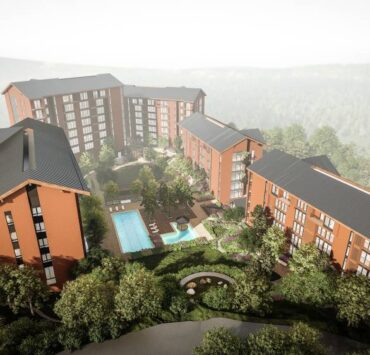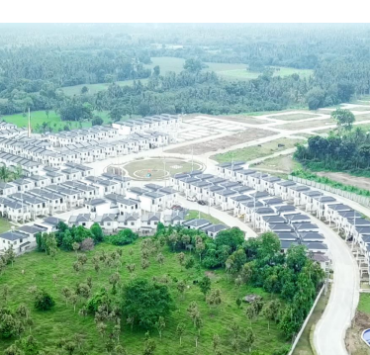Mid-market: True key driver of real estate growth

I had the opportunity to speak at the recent INQTalks forum, hosted by Inquirer Property in partnership with Ovialand Inc.
The event, titled “Mid-market is the real market,” brought together key industry leaders and experts to delve into the role that the mid-market segment plays in shaping the growth of Philippine real estate.
Building trust
Before the event, I had the chance to speak with Pammy Olivares-Vital, the president and CEO of Ovialand, about their strategies and approach to the mid-market segment.
We discussed how crucial it is for developers to fully understand the needs and expectations of this demographic. Ovialand’s focus has been on delivering high quality homes at affordable prices while maintaining a timely delivery schedule—a combination that is critical to enhancing the overall experience of mid-market buyers.
By providing value for money and efficient service, Ovialand aims to build trust and long-term relationships with buyers who are seeking stability and an improved quality of life.

A significant market
As discussed during the event, the mid-market is becoming increasingly significant. The Philippine real estate industry, still in its early stages of maturity, is evolving rapidly.
A young and growing population continues to drive housing demand, particularly among middle-income earners. These buyers are not just seeking temporary residences but are also in search of permanent homes that offer stability and an improved quality of life.
Drawing on my experience at RE/MAX, a global real estate brokerage operating in over 110 countries and territories with more than 140,000 agents worldwide, I was able to offer insights comparing the Philippine market with other international markets.
While still developing, the local real estate sector is becoming more complex, with a growing variety of real estate products and more distinct market sub-segments emerging within the mid-market.

Fundamental need
The forum also addressed the opportunity for luxury and high-end developments to attract investors. While housing is often seen as an investment, it remains a fundamental need across all segments.
Investors in luxury developments tend to focus on returns, often comparing property prices and development opportunities in the Philippines with those in countries such as Singapore, Thailand, and Japan. Their objectives differ from mid-market buyers, who prioritize long-term residency and lifestyle improvements.
During the event, my fellow speaker Andoy Beltran highlighted that the mid-market segment currently accounts for 65 percent of residential property purchases. He also noted that this segment is projected to grow by 30 percent by 2030, emphasizing its critical role in future industry growth.
Moderated by Tek Samaniego, Property Editor of Inquirer, the forum also included insights from Sheila Lobien. The panel discussion explored strategies for developers and real estate professionals to better meet the evolving demands of the mid-market segment, particularly as its impact becomes more pronounced within the broader industry.

Market trends
The event further underscored the importance of understanding and anticipating market trends.
As real estate professionals, it is crucial to deepen our awareness of the aspirations and needs of mid-income earners, who are increasingly looking beyond affordability to consider factors such as quality, convenience, and lifestyle enhancement.
Developers like Ovialand are successfully addressing these demands by focusing on delivering value through quality and efficiency—key elements that are essential for building long-term trust and relationships with mid-market buyers.
Overall, the INQTalks forum reinforced the view that the mid-market segment will continue to be a key driver of growth in the real estate sector. The insights shared during the event will undoubtedly shape how developers and professionals adapt to meet the needs of this dynamic and expanding segment in the years to come.

The author is the country manager of RE/MAX Philippines

















